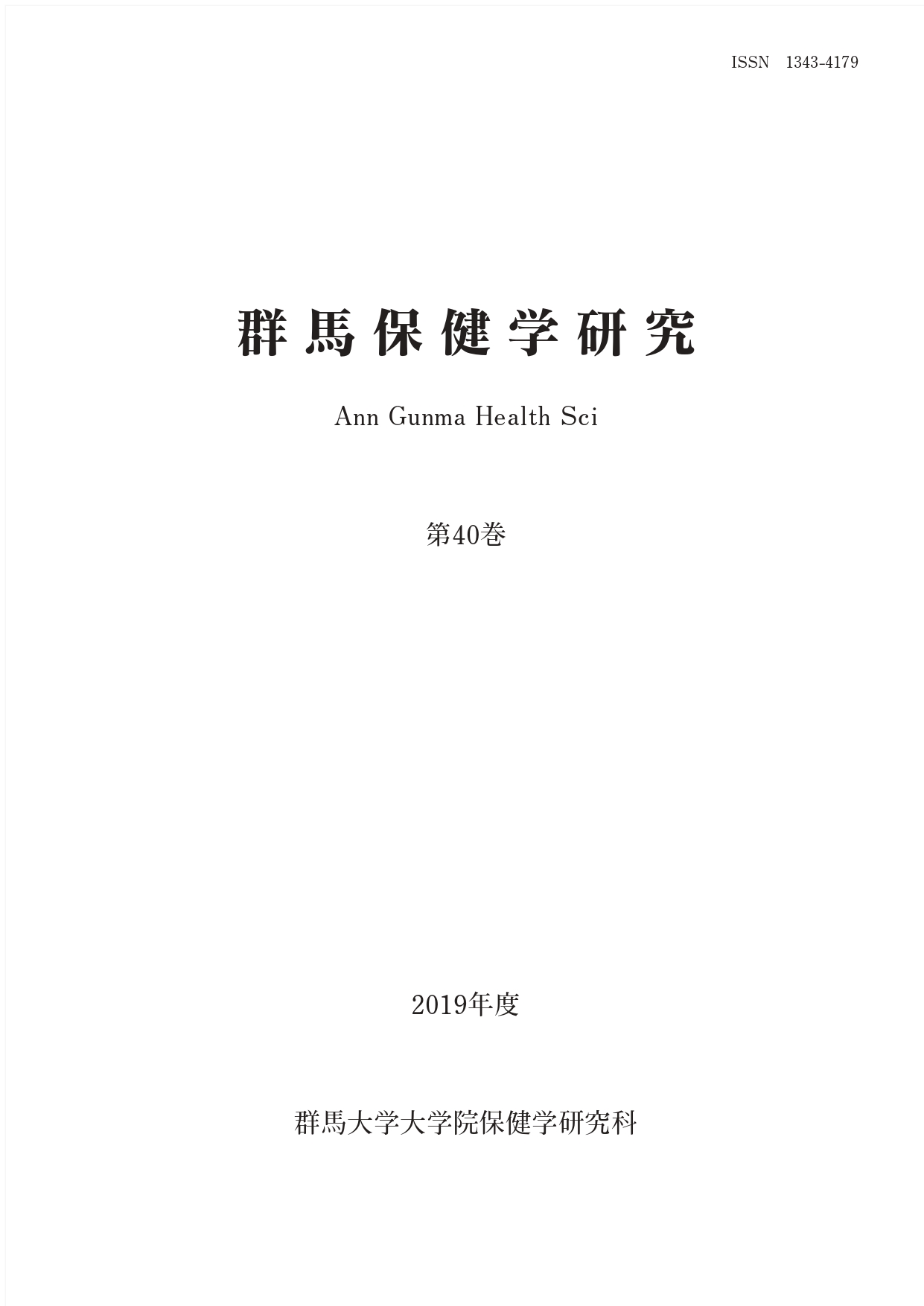Volume 40
Displaying 1-7 of 7 articles from this issue
- |<
- <
- 1
- >
- >|
-
2020 Volume 40 Pages 0-
Published: 2020
Released on J-STAGE: January 20, 2023
Download PDF (1059K) -
2020 Volume 40 Pages 1-7
Published: 2020
Released on J-STAGE: April 27, 2020
Download PDF (790K) -
2020 Volume 40 Pages 8-17
Published: 2020
Released on J-STAGE: April 27, 2020
Download PDF (970K) -
2020 Volume 40 Pages 18-27
Published: 2020
Released on J-STAGE: April 27, 2020
Download PDF (906K) -
2020 Volume 40 Pages 28-35
Published: 2020
Released on J-STAGE: April 27, 2020
Download PDF (1013K) -
2020 Volume 40 Pages 36-41
Published: 2020
Released on J-STAGE: April 27, 2020
Download PDF (609K) -
2020 Volume 40 Pages 42-46
Published: 2020
Released on J-STAGE: April 27, 2020
Download PDF (606K)
- |<
- <
- 1
- >
- >|
